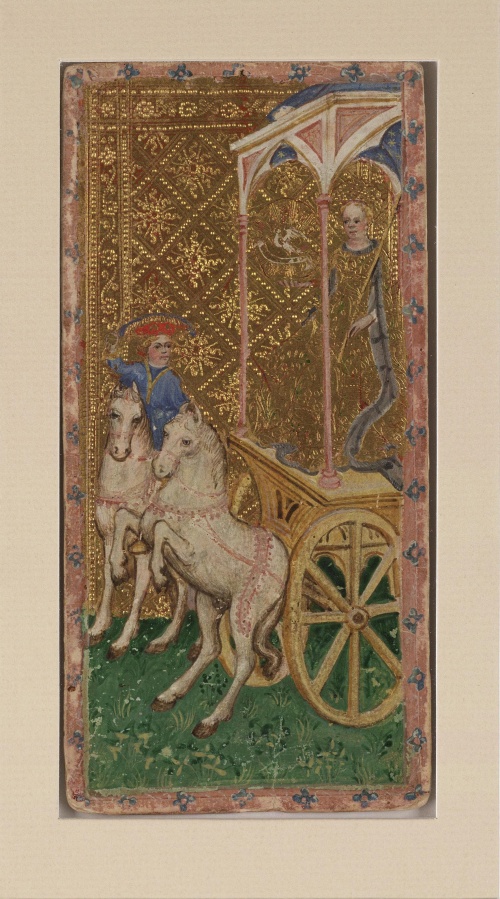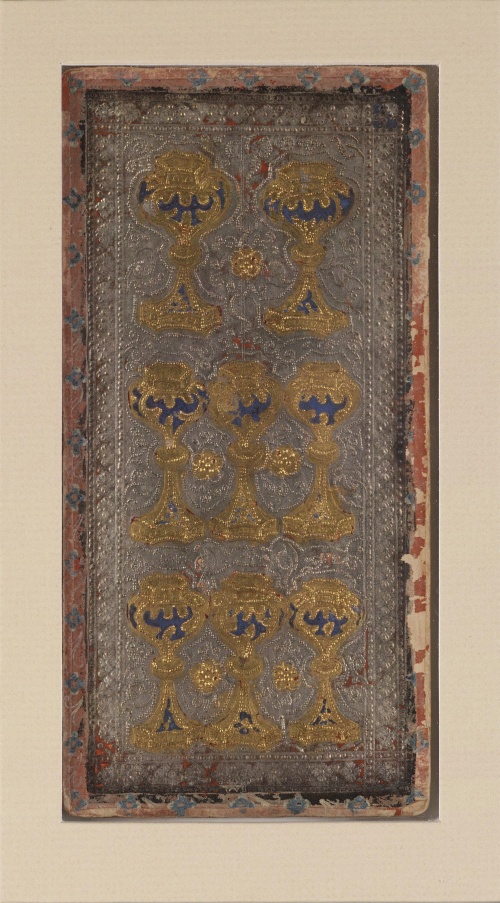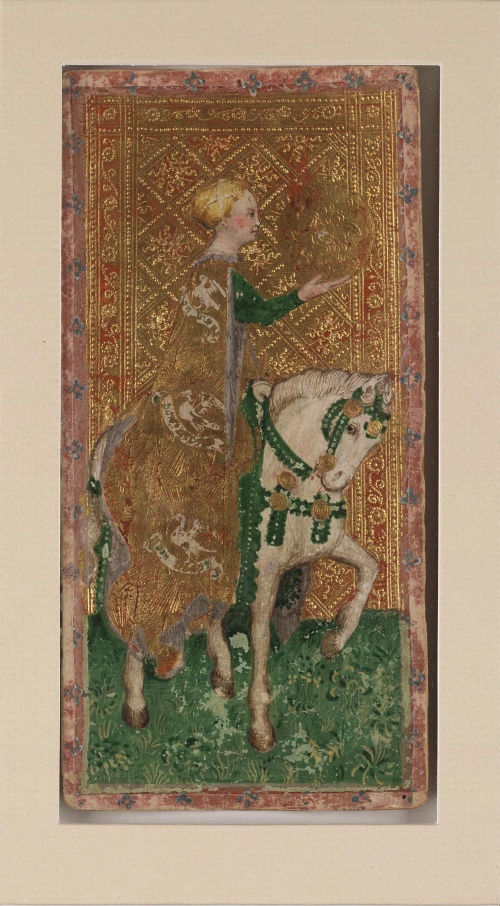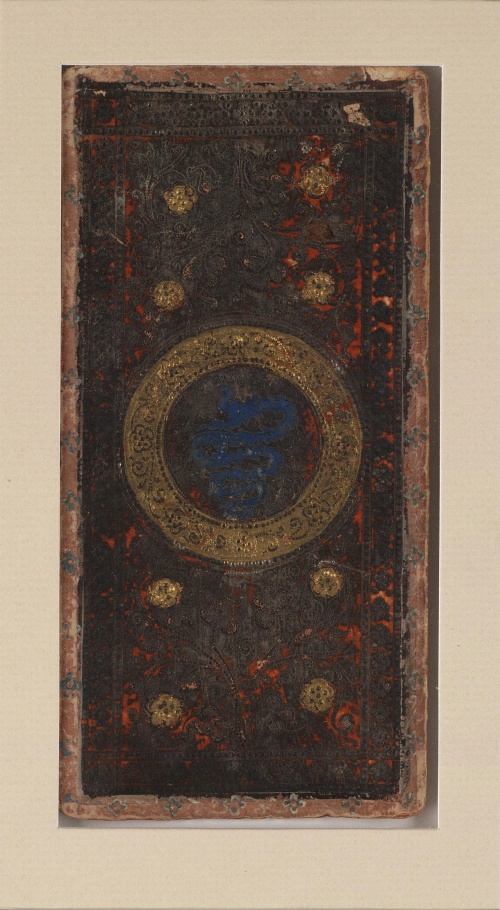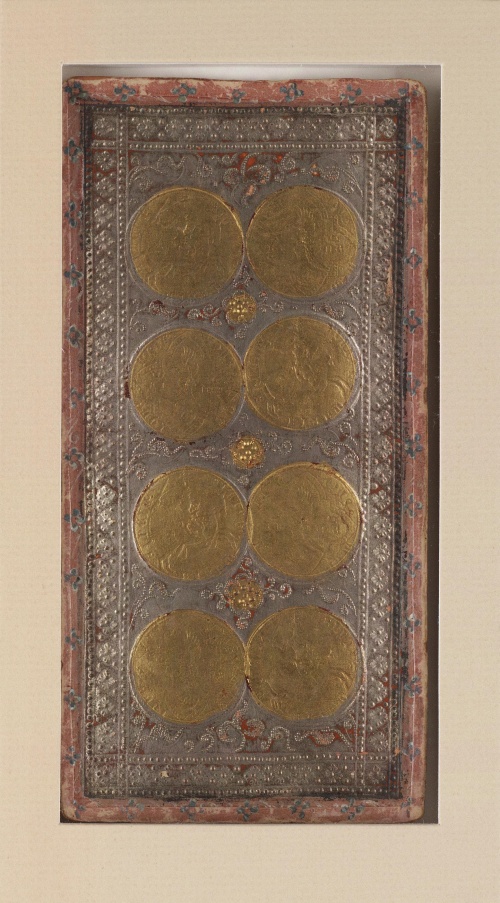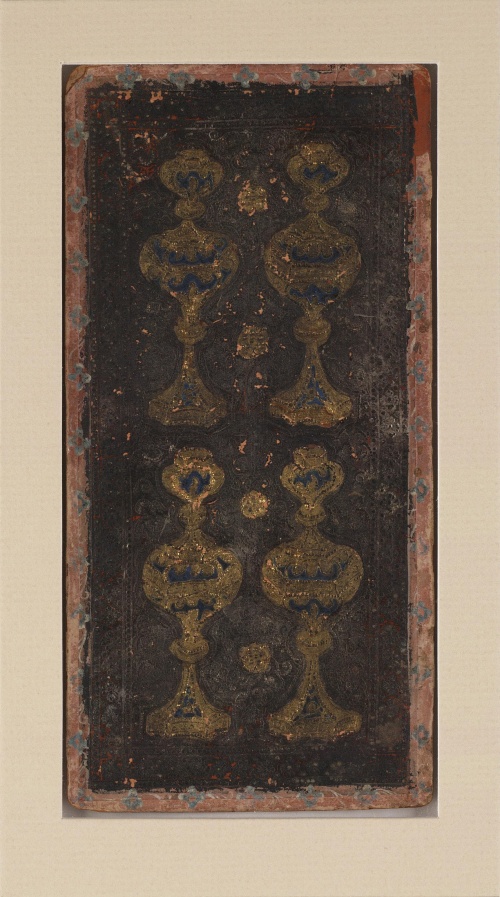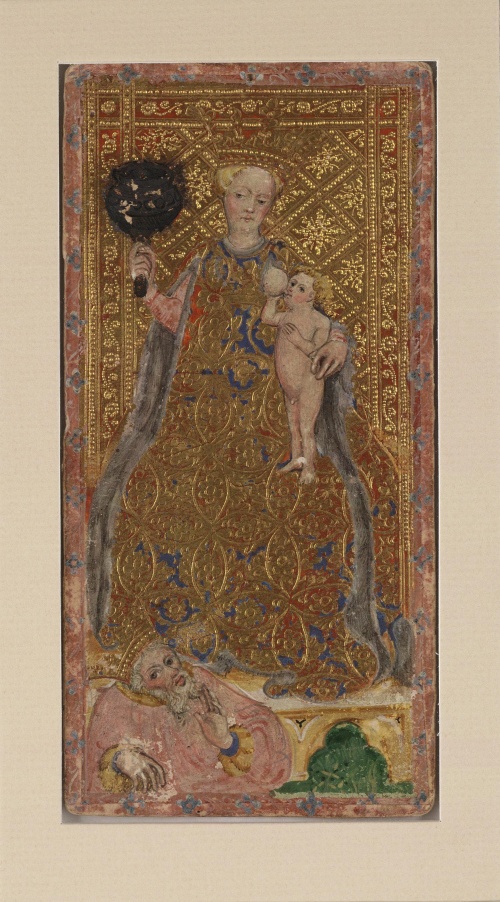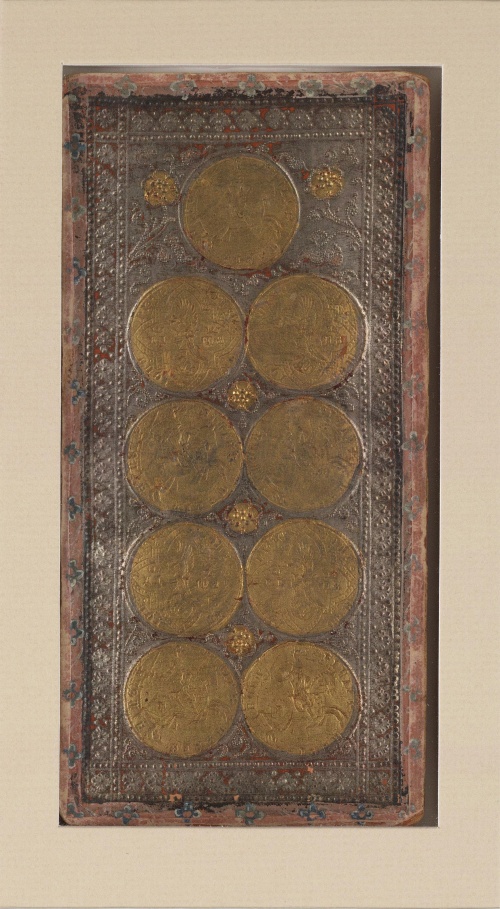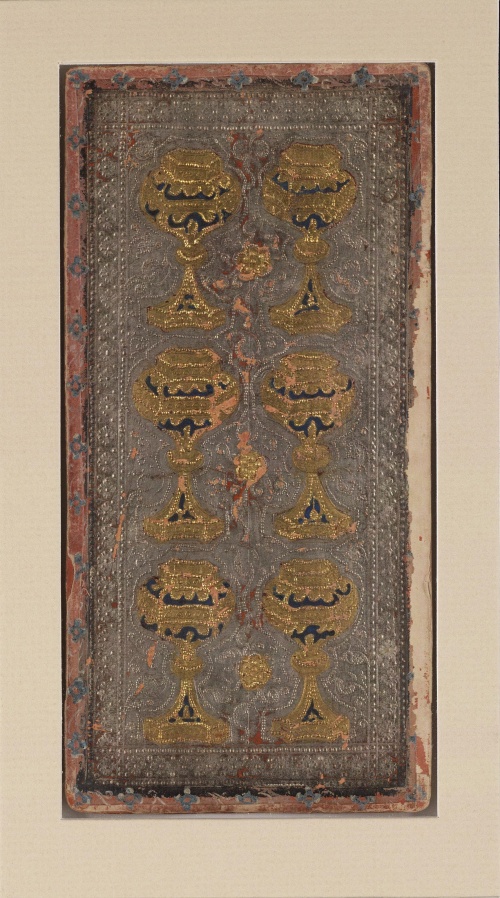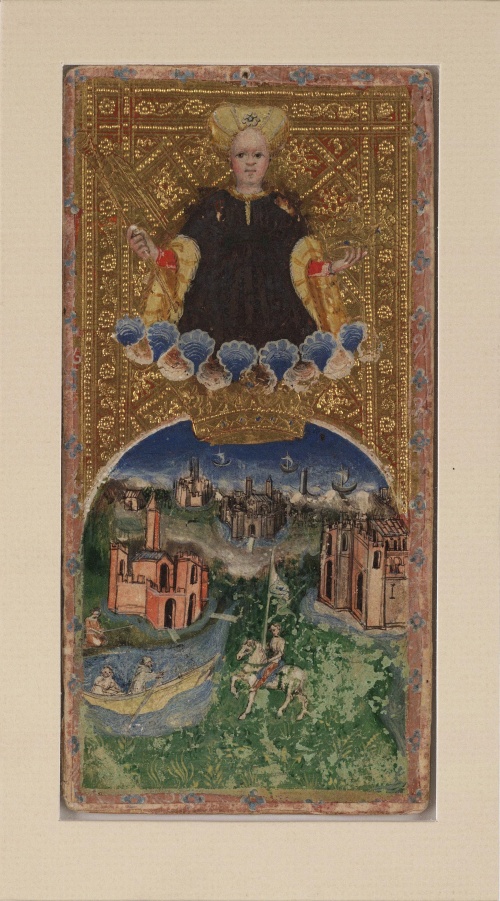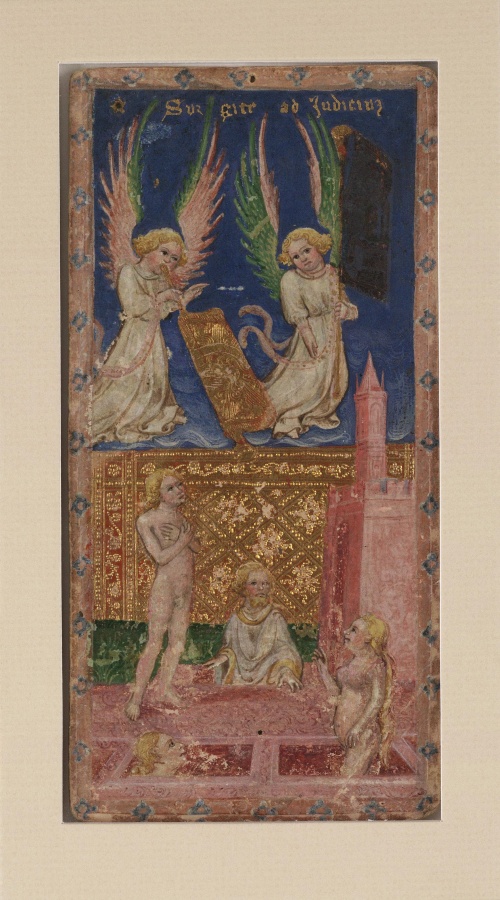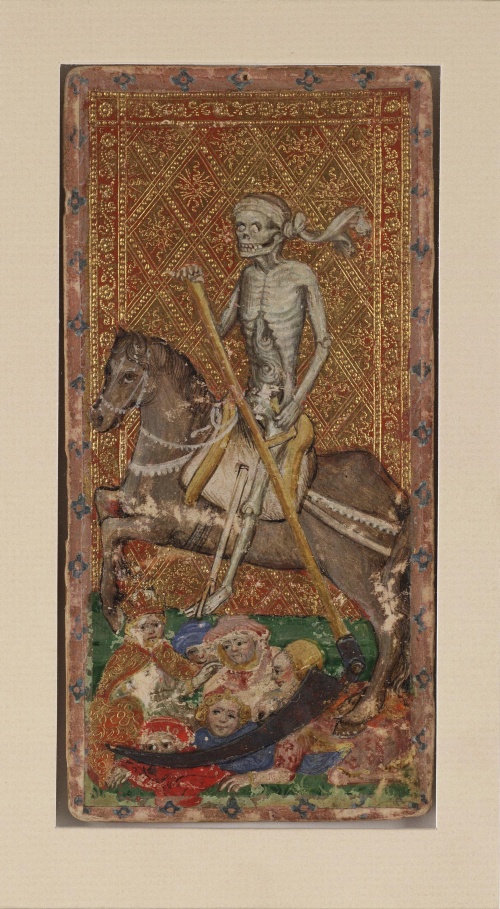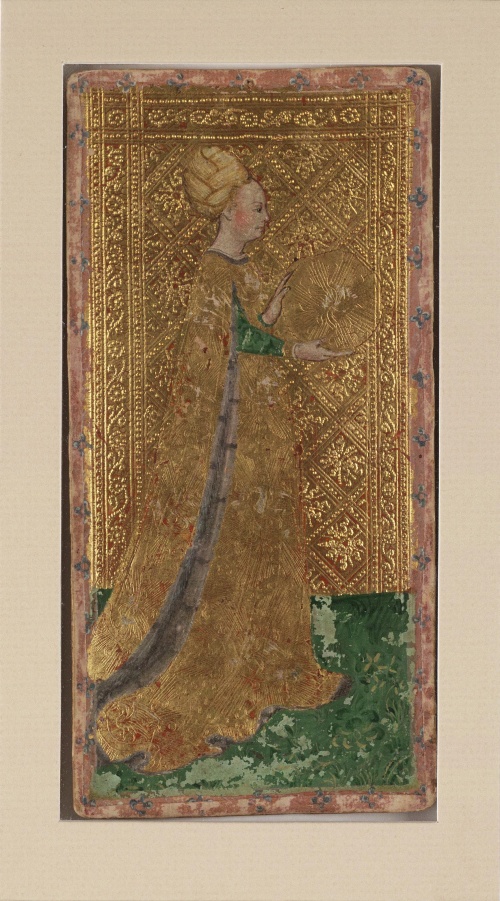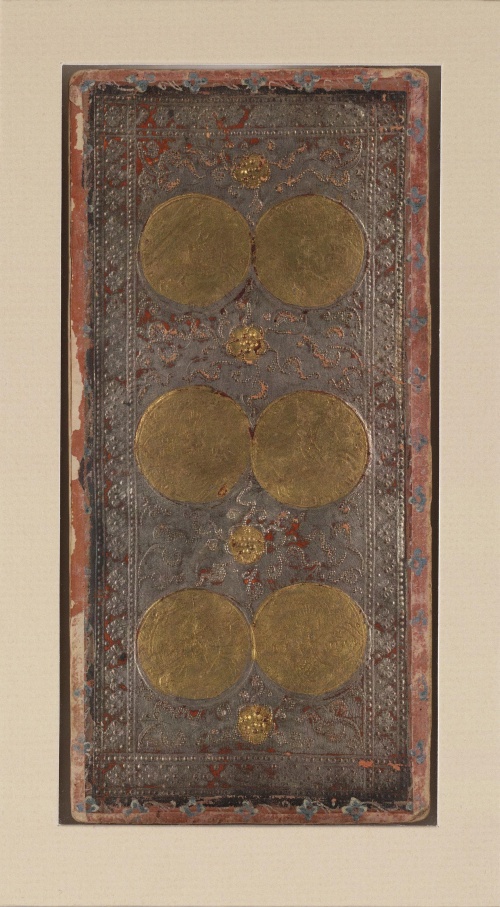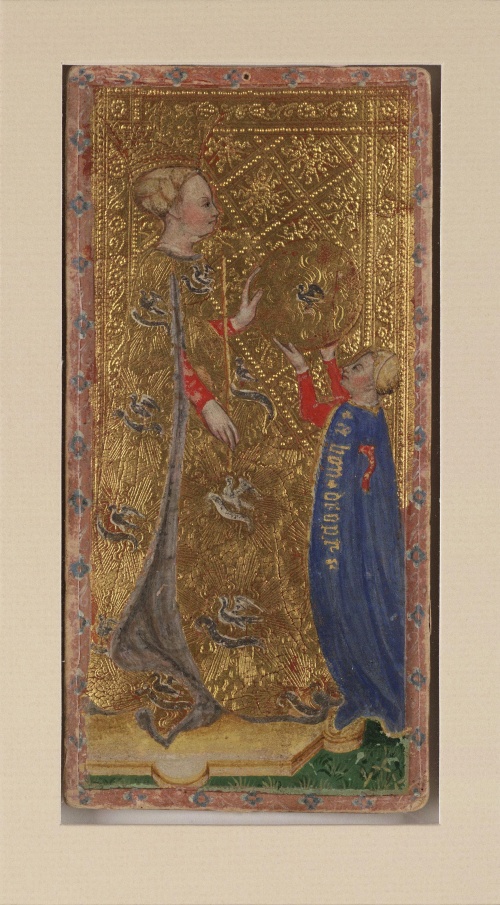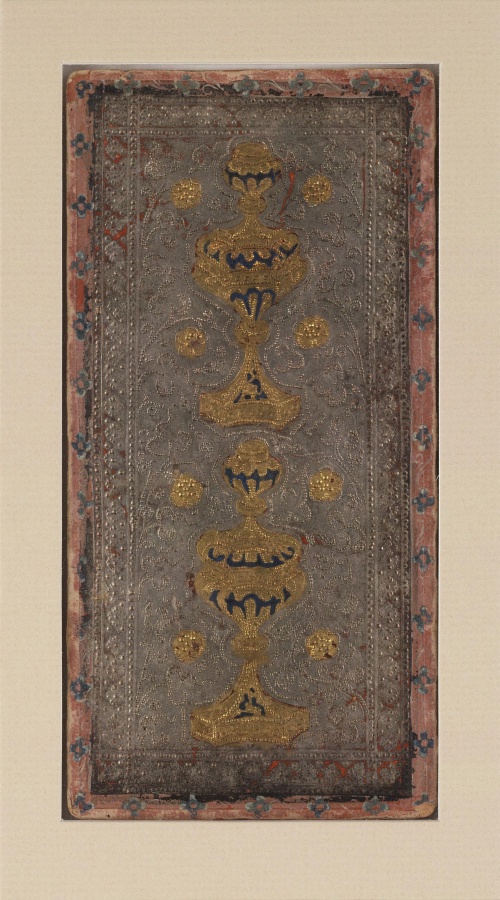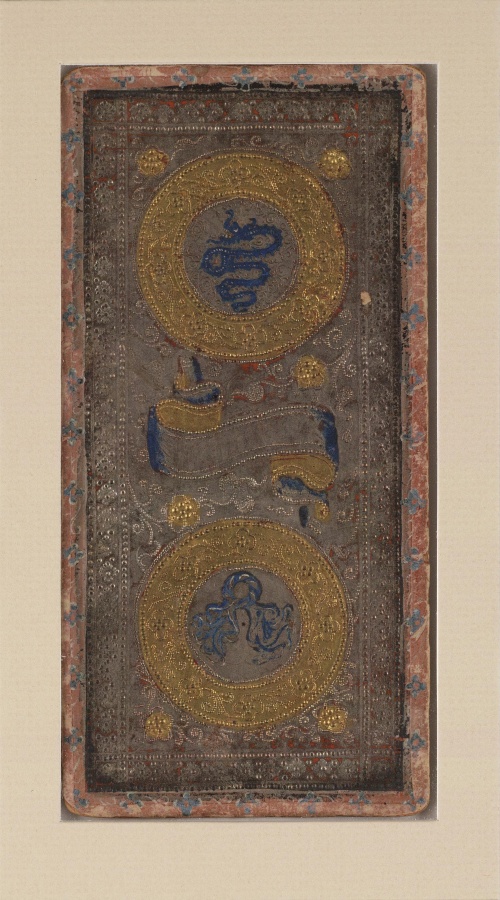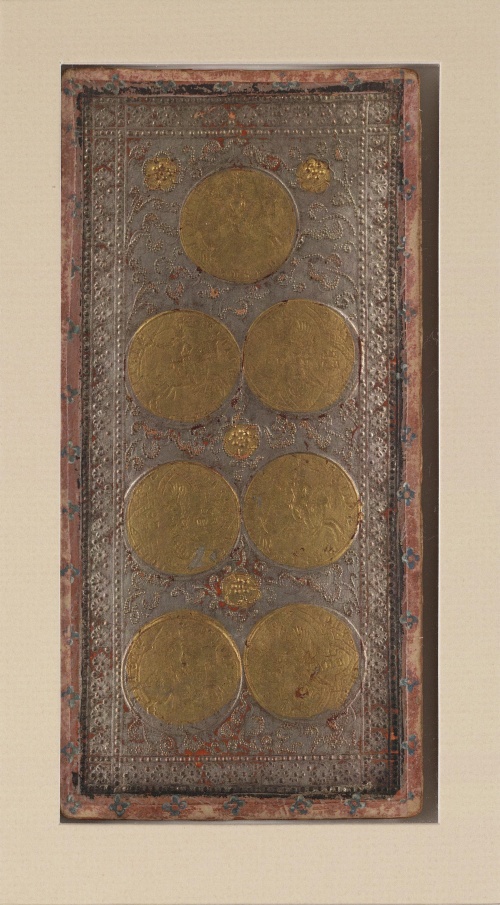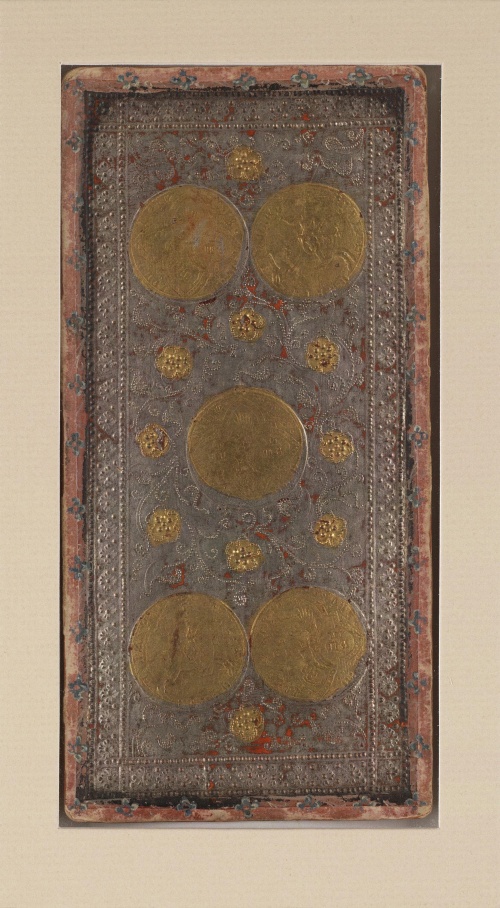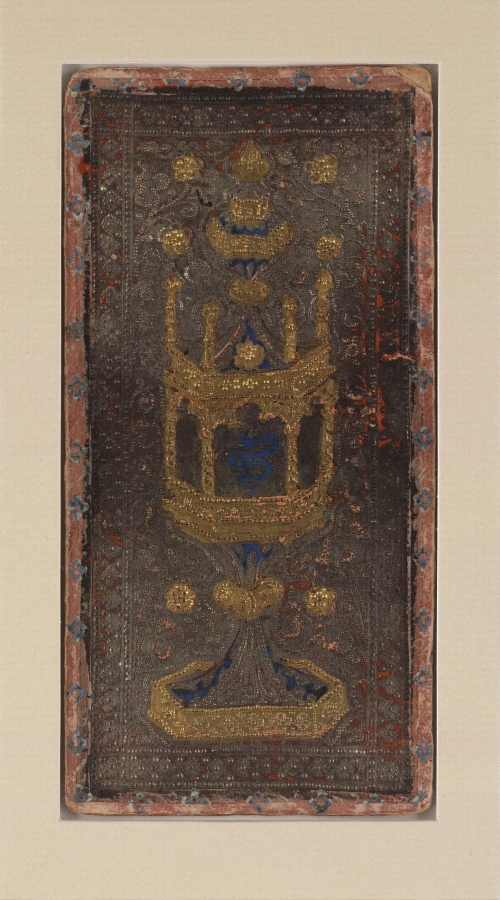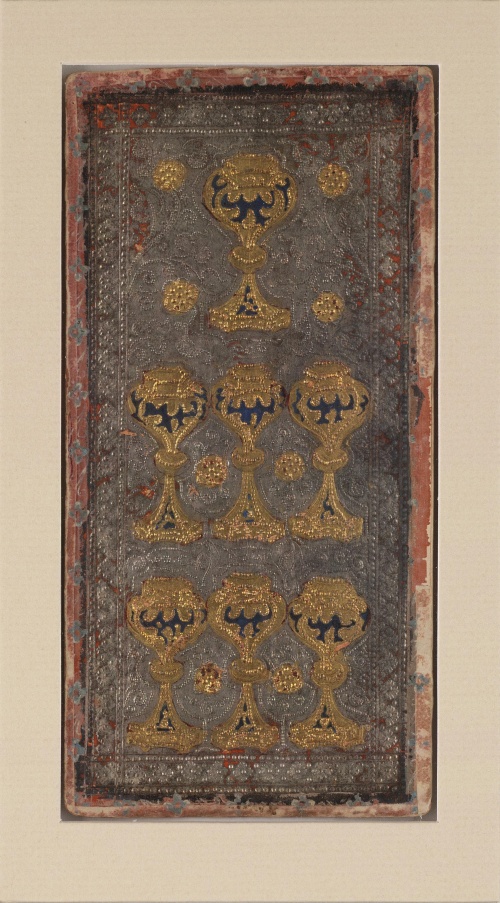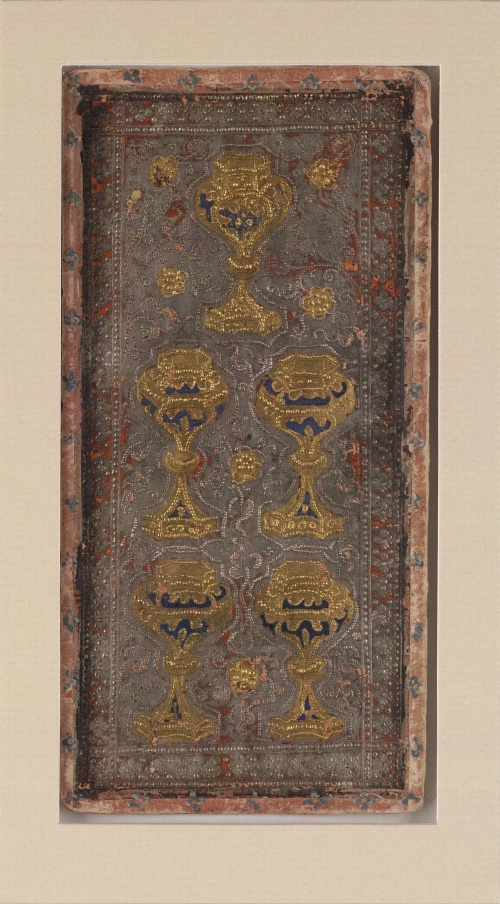Visconti Tarot (c. 1445). Cary-Yale Visconti-Sforza (Visconti di Modrone) (27 works) (2 part)
The Visconti-Sforza Tarot is generally considered to be the oldest deck of Tarot cards (or rather, its Italian predecessor tarocchi). Known from written sources. It was commissioned by the Duke of Milan Filippo Maria Visconti and his son-in-law Francesco Sforza, the next Duke.
Nowadays, the name is used as a collective name for expensive gift “Old Milanese” tarocchi cards, which were hand-drawn to commemorate significant events in the life of the Milanese rulers of the 15th century.
The collective name is used to refer to scattered maps that are found in various museums and libraries around the world. Most of these decks currently only have 1-2 cards. There are currently 271 known such cards, and according to their appearance, size and other details they are divided into 15 groups.
The largest of these groups includes three of the most famous and complete Visconti-Sforza decks:
1.Pierpont-Morgan Bergamo Visconti-Sforza deck (also known as the Colleoni-Baglioni deck). There are 4 cards missing out of the required 78: “Devil”, “Tower”, “Knight of Coins” and “Three of Swords”. Of these, 35 maps are in the Pierpoint Morgan Library, New York; 26 are in the Carrara Academy and 13 are in the private collection of the Colleone family, Bergamo. The cards are characterized by a gold background (for pictures) and a cream background with a floral motif for the rest. The cards are not numbered or signed. It is believed that “Pierpont-Morgan Bergamo” was commissioned from the artist on the occasion of the coronation of Francesco Sforza (1450), or in honor of the 10th wedding anniversary of Francesco and Bianca Maria Visconti (1451). The study of heraldic elements present on the maps led historians to such conclusions.
Supposedly written by Bonifacio.
2. The Cary-Yale Visconti-Sforza Deck (also known as the Visconti di Modrone Deck). Received its name from the collection of the Carrie family, which went to Yale University in 1967. They date back to around 1466. Includes 67 cards. Pictures with a gold background, others with a silver background. The deck, according to the same assumptions, could have served as a wedding gift from the third Duke of Milan, Filippo Visconti, to Mary of Savoy (1428).
3. “Brera-Brambilla Visconti-Sforza” deck. Named after Giovanni Bramilla, who bought the deck in Venice in 1900. Since 1971 it has been located in the Pinacoteca Brera in Milan. Includes 48 cards. All have a gold background. Supposedly painted by Bonifacio Bembo (finished by a member of the Zavattari family) commissioned by Francesco Sforza in 1463.
Other groups have even fewer cards: for example, 5 groups consist of only 1 card. It is assumed that small groups are not the remains of full decks, but samples that artists showed to their potential customers. Each group has its own conventional name, usually based on the collection and storage location.
Most of the Visconti-Sforza maps have holes in them, suggesting that the maps were once hung on the wall for public viewing as paintings.
In the 20th century, the Pierpont-Morgan Bergamo and Cary-Yale decks were published in several reprint editions, for which the missing cards were invented by artists Luigi Scapini and Atanas Atanassov.
